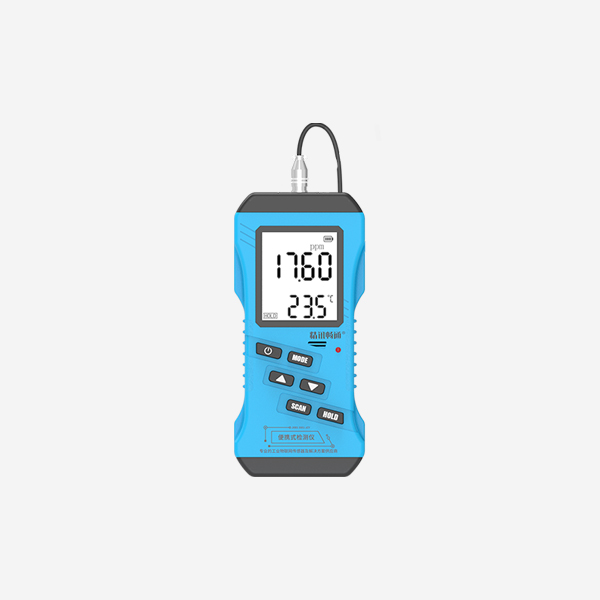Soil temperature and humidity sensors are electronic devices used to measure the temperature and moisture content of soil. They are widely used in agriculture, horticulture, and environmental monitoring and play a crucial role in crop management and irrigation scheduling. In this article, we will discuss the benefits of using soil temperature and humidity sensors and their applications in various fields.

Improved Crop Management
Soil temperature and humidity sensors provide real-time data on soil conditions, allowing farmers to make more informed decisions about crop management. By monitoring soil temperature and moisture levels, farmers can optimize irrigation scheduling, fertilizer application, and crop planting. This can result in improved crop yields and reduced water and fertilizer usage.
Cost Savings
By using soil temperature and humidity sensors, farmers can optimize irrigation scheduling and reduce water usage, which can result in significant cost savings. Additionally, by monitoring soil temperature and moisture levels, farmers can ensure that crops receive the optimal amount of nutrients, reducing fertilizer usage and costs.
Environmental Benefits
By reducing water and fertilizer usage, the use of soil temperature and humidity sensors can benefit the environment. Overuse of water and fertilizer can lead to soil degradation, water pollution, and other environmental problems. The use of these sensors can help farmers manage their resources more efficiently, resulting in a more sustainable agriculture system.
Agriculture
Soil temperature and humidity sensors are widely used in agriculture to monitor soil conditions and optimize crop management. Farmers can use these sensors to determine when to irrigate crops, how much water to apply, and when to fertilize. Additionally, soil temperature sensors can help farmers determine the best time to plant crops.
Horticulture
Soil temperature and humidity sensors are also used in horticulture to monitor soil conditions and optimize plant growth. These sensors can help horticulturists determine the best time to water plants, how much water to apply, and when to fertilize. Additionally, soil temperature sensors can help horticulturists determine the optimal planting time for different types of plants.
Environmental Monitoring
Soil temperature and humidity sensors are also used in environmental monitoring to assess soil moisture and temperature conditions. These sensors can be used to monitor soil moisture levels in forests and other natural areas to help prevent wildfires and other environmental problems. Additionally, soil temperature sensors can be used to monitor ground temperature in permafrost regions, which is important for predicting climate change impacts.

Conclusion
Soil temperature and humidity sensors are essential tools for monitoring soil conditions and optimizing crop management. By providing real-time data on soil temperature and moisture levels, these sensors can help farmers and horticulturists make more informed decisions about irrigation scheduling, fertilizer application, and crop planting. Additionally, the use of these sensors can result in significant cost savings and environmental benefits. With the advancement of technology, soil temperature and humidity sensors will continue to be improved and developed, leading to more efficient and accurate monitoring of soil conditions.
